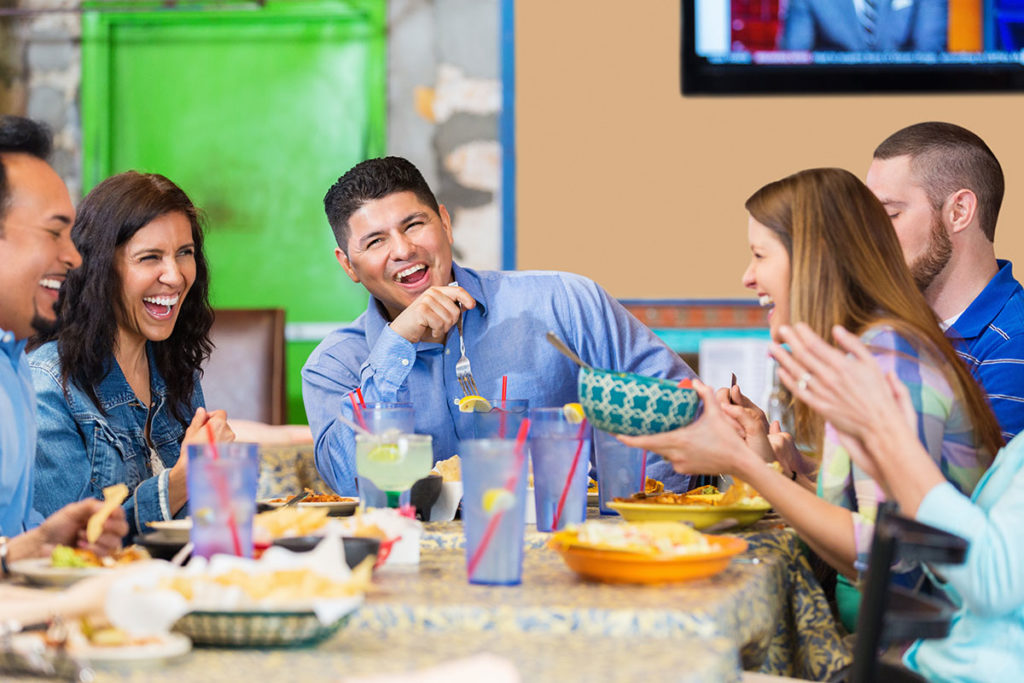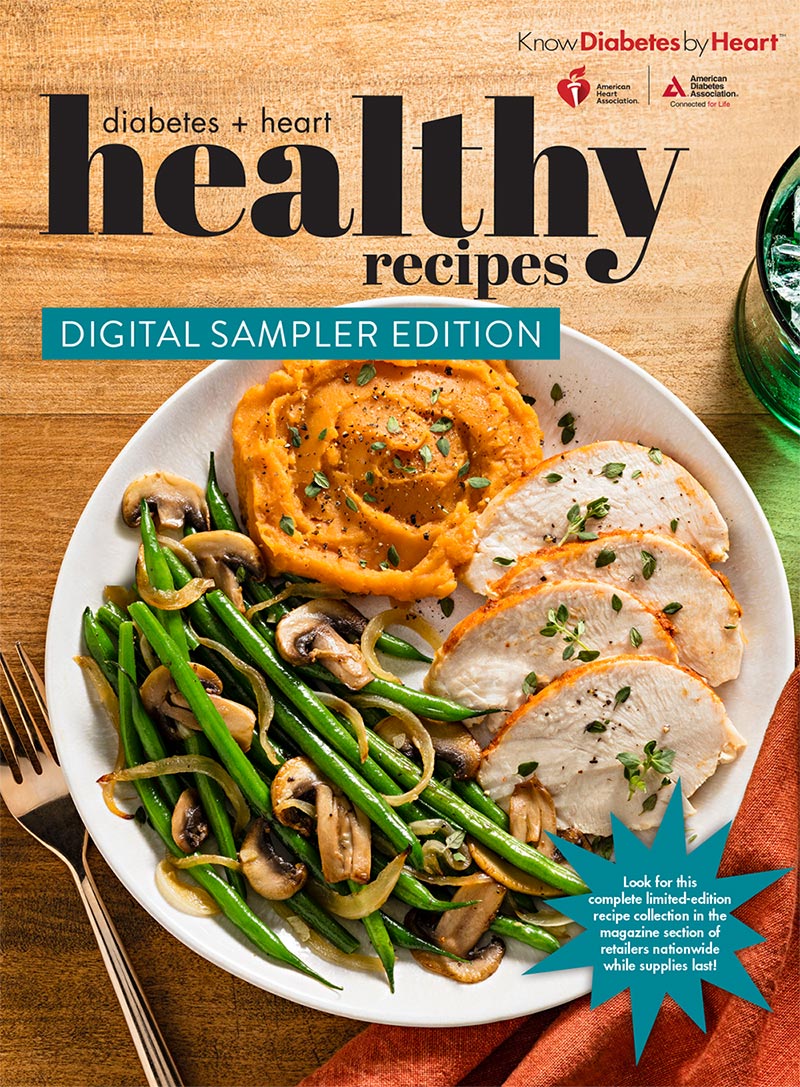Culture and care in managing diabetes and heart health
As CEO of DiabetesSisters, a nonprofit that supports women with diabetes or are have prediabetes, Anna Norton hears a certain concern regularly: “Yes, I have diabetes, but I don’t want to lose my culture.”

Norton understands—the Cuban-American was diagnosed with type 1 diabetes when she was 18.
“For many cultures, our experiences are surrounded by food,” Norton said. “We have a lot of memories of food. First and foremost, we should never have to give that up because we have diabetes.”
Considering that heart disease and stroke are the most common complications of diabetes, an eating plan is an even more important part of managing diabetes.
As part of its minority initiative, DiabetesSisters sponsors outreach events for various ethnic groups throughout the country. For example, one in the Washington, D.C., area focuses on African American food and culture. In New Jersey, it’s geared toward women from Southeast Asia. In Miami, presentations are in Spanish.
The groups are very sensitive to food and culture. “What does a Dominican plate look like for people with diabetes? What does a Puerto Rican plate look like?”
Juanita Cano of Dallas doesn’t have diabetes. But “everyone in my family does,” she said. As a Champion in the American Heart Association and American Diabetes Association’s Know Diabetes by Heart™ initiative, she eats healthy to prevent diabetes—and to avoid heart disease.
That means “letting go of pan dulce, arroz con leche and other desserts,” Cano said. It’s been tough, she said, but she’s found balance by focusing on lean-meat for fajitas and carne asada, and chicken or fish cooked in small amounts of olive oil or grilled. She flavors food with chimichurri, a sauce with vinegar, olive oil, parsley and other herbs and spices, as well as fresh tomato salsa.
“You don’t have to give up Mexican food completely,” Cano said. “But just learning how to make substitutions and better choices can improve your health tremendously.”
“People do need to adjust what they eat,” Norton said. “We’ve been able to drive that home, and at our events, women walk out feeling empowered about what they can have, not what they can’t.”
Hyvelle Ferguson Davis, a Know Diabetes by Heart Ambassador, was diagnosed with gestational diabetes while pregnant with her son. During her pregnancy, she was diligent about eating right. But after he was born, she went back to foods she’d grown up eating: “Chicken wings, red velvet cake, fried chicken, barbecue ribs. There was nothing I wasn’t eating,” she said.
But after having a stroke and heart surgery, she began making exchanges: Almond milk for whole milk. Chicken for beef. Whole-wheat bread for white. Water for sodas.
“That was hard in the beginning,” she said, “but I have gotten better with time.”
In the 26 years since her diagnosis, Norton has learned that she can “eat anything I want,” she said. “I just need to be moderate.” Here are some more of her culture-friendly tips for dealing with a diabetes diagnosis:
- Find a health care team that understands the importance of culture.
- Seek others in similar situations. “People who want to help each other are the best link for diabetes,” she said.
- Understand your alternatives. When you know the right substitutes – like using whole wheat flour in recipes and knowing which spices can bring the tastes of home to your menu – you’ll find the flavors you know and love can be a part of your healthy lifestyle.




